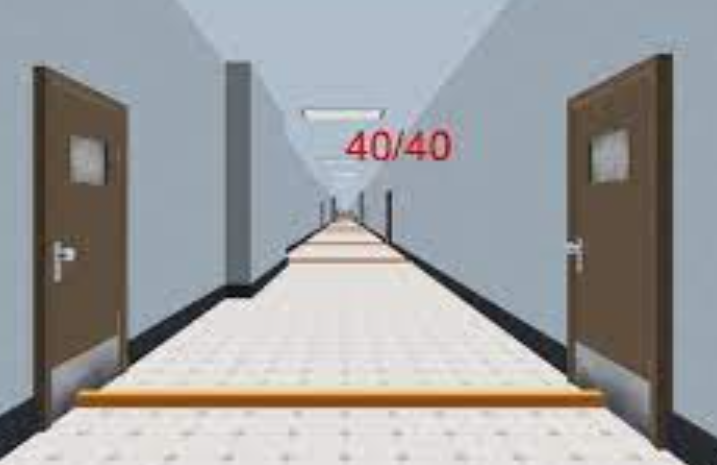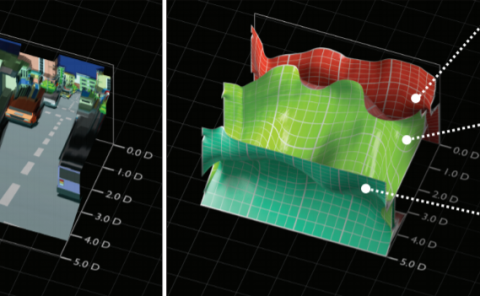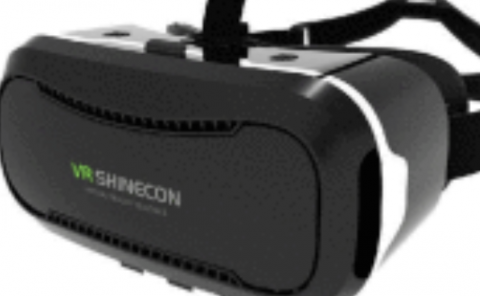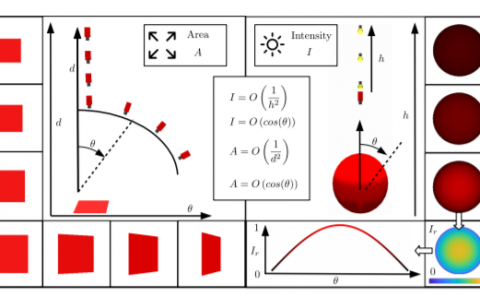Manipulating the fidelity of lower extremity visual feedback to identify obstacle negotiation strategies in immersive virtual reality
PubDate: September 2017
Teams: University of Southern California
Writers: Aram Kim; Zixuan Zhou; Kari S. Kretch; James M. Finley

Abstract
The ability to successfully navigate obstacles in our environment requires integration of visual information about the environment with estimates of our body’s state. Previous studies have used partial occlusion of the visual field to explore how information about the body and impending obstacles are integrated to mediate a successful clearance strategy. However, because these manipulations often remove information about both the body and obstacle, it remains to be seen how information about the lower extremities alone is utilized during obstacle crossing. Here, we used an immersive virtual reality (VR) interface to explore how visual feedback of the lower extremities influences obstacle crossing performance. Participants wore a head-mounted display while walking on treadmill and were instructed to step over obstacles in a virtual corridor in four different feedback trials. The trials involved: (1) No visual feedback of the lower extremities, (2) an endpoint-only model, (3) a link-segment model, and (4) a volumetric multi-segment model. We found that the volumetric model improved success rate, placed their trailing foot before crossing and leading foot after crossing more consistently, and placed their leading foot closer to the obstacle after crossing compared to no model. This knowledge is critical for the design of obstacle negotiation tasks in immersive virtual environments as it may provide information about the fidelity necessary to reproduce ecologically valid practice environments.



